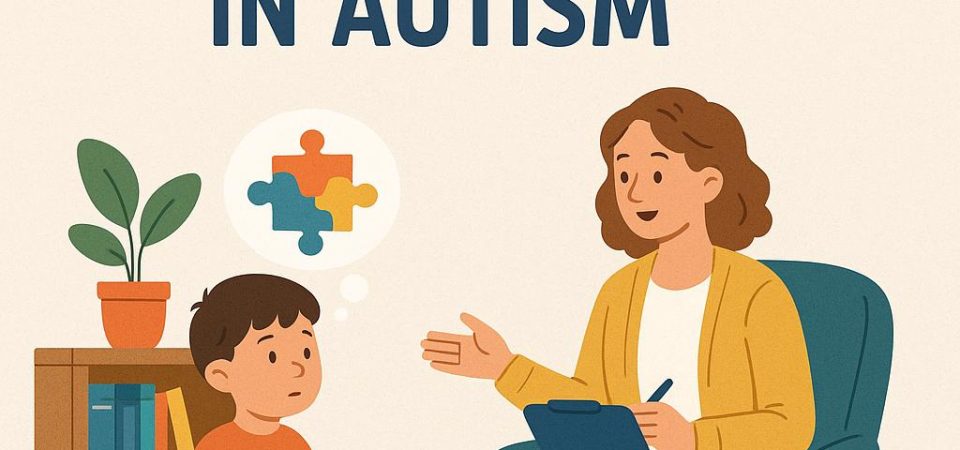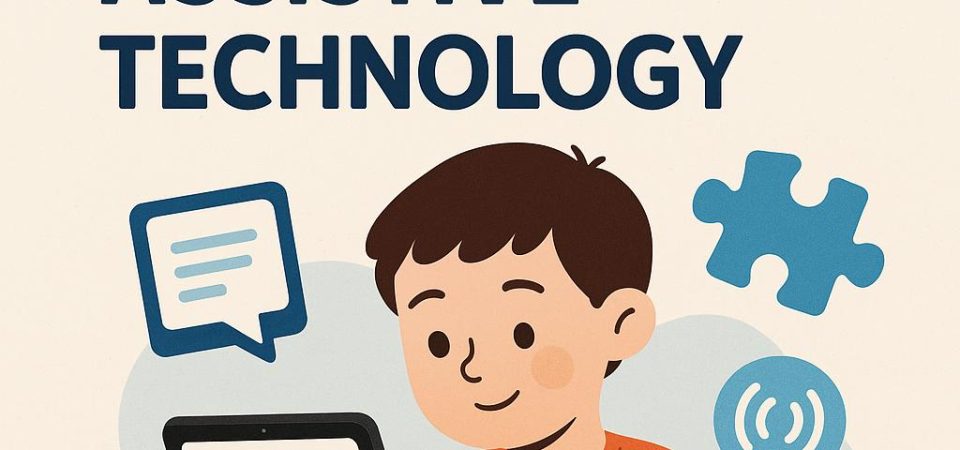The Role of ABA Therapy in Autism
Applied Behavior Analysis (ABA) therapy is considered a cornerstone treatment for individuals diagnosed with autism spectrum disorder (ASD). Its primary aim is to catalyze improvements in specific behaviors such as social interactions, communication, academic prowess, and various adaptive learning skills. These include, but are not limited to, fine motor skills, personal hygiene, grooming habits, domestic skills, punctuality, and job competence.
Understanding ABA Therapy
ABA therapy is built on principles of learning and behavior, drawing from decades of psychology research. The therapy utilizes outlined strategies to aid individuals in acquiring beneficial skills while reducing behaviors that may be considered harmful or maladaptive. The bedrock principle of ABA therapy is the efficacy of positive reinforcement. This principle suggests that behaviors followed by rewarding or positive consequences are more likely to be repeated over time.
Principles and Techniques
ABA therapy employs several core techniques that are instrumental in its implementation. These techniques include task analysis, chaining, prompting, and fading.
Task analysis is the process of breaking down complex tasks into smaller, manageable segmentations. This can make learning more structured and less overwhelming. For instance, a task analysis for brushing teeth might break down into steps: getting the toothbrush, applying toothpaste, brushing, rinsing, and so forth.
Chaining is a strategy used to teach intricate activities by reinforcing small, sequential steps of an activity until the entire sequence can be executed independently.
Prompting involves offering cues or hints to encourage the completion of desired behaviors. As the individual becomes more competent, these prompts are gradually reduced through a process known as fading, which aims to promote independent performance and less reliance on external cues.
Effectiveness of ABA Therapy
Over the past few decades, the effectiveness of ABA therapy has been the subject of an abundance of research. Numerous studies suggest that ABA therapy can result in significant advancements in areas such as social skills, communication, and overall learning capabilities. However, the degree of success with ABA therapy is not uniform across all cases; it can vary based on factors such as the characteristics of the individual receiving the therapy, the intensity and duration of the therapy sessions, and how promptly the treatment is initiated following an autism diagnosis.
Impact on Various Age Groups
While ABA therapy is often implemented during early childhood, its benefits can extend to adolescents and adults with autism. Early intervention is pivotal, with evidence indicating that it can yield more substantial skill gains, particularly in communication and social behaviors. Nonetheless, ABA techniques can be advantageous for individuals of any age group, facilitating improved interpersonal and social interactions. By enhancing these critical life skills, ABA therapy provides individuals with opportunities to engage more fully and meaningfully in society.
Factors to Consider
Prior to adopting ABA therapy, there are crucial factors to consider to ensure the best outcomes for the individual involved:
- Individualized Plans: A hallmark of successful ABA therapy is personalization. Every treatment plan should be uniquely tailored to suit the individual’s needs, drawing upon their strengths, addressing their weaknesses, and setting specific, attainable objectives. A customized approach can optimize the relevance and efficacy of therapy.
- Qualified Professionals: It is vital that ABA therapy is conducted by board-certified behavior analysts (BCBAs) or similarly credentialed professionals. Their expertise ensures that the therapy is administered proficiently and ethically, maximizing the potential for positive outcomes.
- Family Involvement: The involvement of family members in the therapy process has been shown to enhance intervention effectiveness. Family members play a critical role in reinforcing and generalizing learned skills across different environments outside therapy sessions. Their engagement can help sustain the long-term benefits of ABA therapy.
Controversies and Considerations
Despite its widespread use, ABA therapy is not without debate. Some critics highlight concerns that intensive application of ABA techniques can at times prioritize compliance over personal autonomy. The key consideration is ensuring therapy interventions respect the dignity, preferences, and individuality of those receiving treatment. It is important for practitioners to be attuned to these ethical dimensions, incorporating them into a balanced and person-centered approach.
Further Reading and Resources
For those seeking to delve deeper into the nuances of ABA therapy, numerous scholarly resources and materials exist. Reputable organizations and foundations specialize in behavioral treatments, offering expansive information on the latest research developments and practical guidance for implementing ABA techniques in varied contexts. These resources serve as valuable assets for both professionals in the field and families navigating treatment options.
In conclusion, ABA therapy remains a critical intervention for those with autism, providing tools and strategies to help individuals lead more fulfilling lives. As ongoing research continues to refine and innovate ABA methods, its applicability and effectiveness will likely expand even further. The sustained integration of empirical evidence and ethical considerations will be crucial in shaping the future trajectory of ABA therapy.



